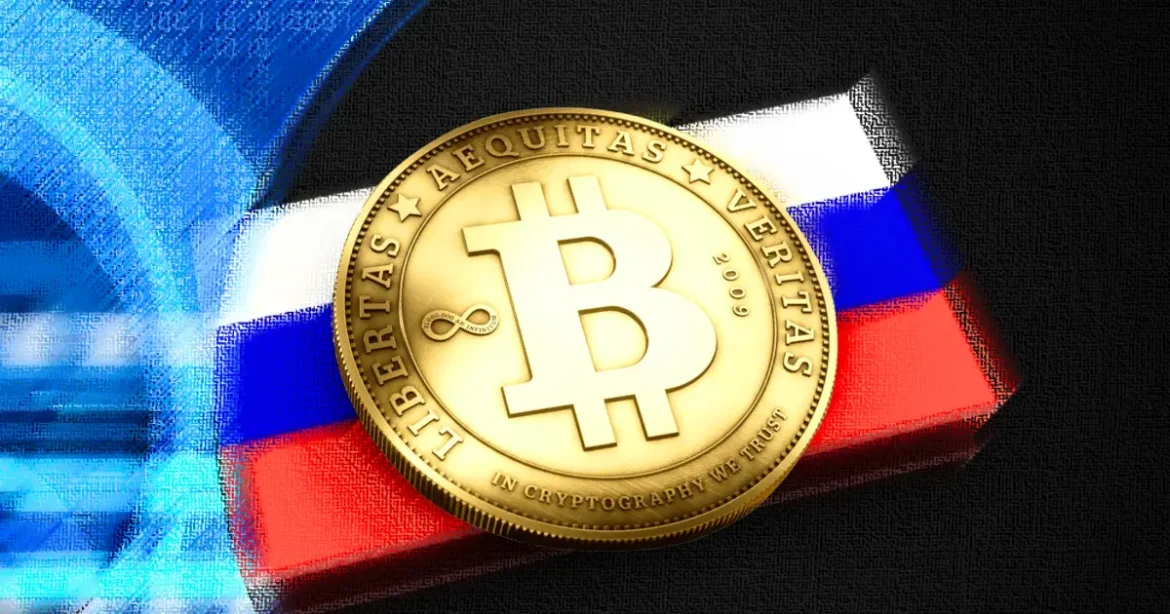Shifting Landscape of Cryptocurrency Regulation and Usage in Russia
In recent months, Russia’s approach to cryptocurrencies has undergone significant transformation, reflecting both strategic adaptation to external pressures and an evolving regulatory framework. Central to this change is the Russian Central Bank’s newly introduced crypto regulations poised to effectively ban trading of Tether (USDT), a major stablecoin, within the country. This move occurs alongside broader efforts to integrate cryptocurrencies into international trade while managing domestic financial stability.
—
Central Bank Rules: Banning USDT Trading but Allowing Selective Crypto Use
New regulations from Russia’s Central Bank, expected to come into force by late May 2025, aim to outlaw USDT trading on Russian exchanges and platforms. This ban responds directly to geopolitical and financial vulnerabilities revealed by previous incidents, such as the freeze on USDT wallets linked to Russian exchange Garantex, which highlighted risks associated with reliance on foreign-controlled stablecoins. By restricting the use of USDT—commonly used in global crypto markets—Russia seeks to tighten control over its domestic crypto ecosystem and reduce exposure to external financial disruptions.
Nonetheless, these prohibitions do not completely shut the door on stablecoins or crypto in Russia’s economy. Experts point out that Russian firms will still be able to leverage USDT and other stablecoins for cross-border settlements and trade payments within regulated parameters. This suggests a nuanced position: a clampdown on free trading domestically paired with strategic utilization in international commerce.
—
Experimental Regulatory Sandbox and Controlled Market Access
Anticipated to launch in May 2025, the Bank of Russia’s regulated crypto “sandbox” provides a controlled environment where select firms can experiment with crypto integration under strict oversight. This sandbox aims to foster innovation in crypto-driven global trade, balancing facilitation with robust restrictions on permitted crypto assets. Importantly, firms must obtain central bank approval to participate, signaling a move away from unregulated crypto activities toward a state-managed framework.
Further regulatory developments include proposed three-year trial schemes allowing high net-worth individuals restricted access to cryptocurrency trading, underpinning a cautious yet progressive stance by the Central Bank toward digital asset adoption without compromising financial system stability.
—
Cryptocurrencies as Tools to Circumvent Sanctions
Simultaneously, Russia’s strategic use of cryptocurrencies has grown, particularly as a means of mitigating the impact of Western sanctions. Reports reveal active usage of cryptocurrencies, including stablecoins, in oil trade with countries like China and India—offering a workaround for traditional financial barriers. The Russian government has explored issuing its own ruble-backed central bank digital currency (CBDC) for similar purposes, enhancing payment system autonomy and sanction resilience.
Moreover, Russia is contemplating issuing a domestic stablecoin akin to Tether. Motivated partially by USDT-related operational setbacks, this initiative aims to establish a sovereign-controlled alternative for stablecoin transactions, insulating Russian crypto markets from foreign influence and freezes.
—
Broader Regulatory Context and Future Outlook
This wave of regulation fits into a broader move by the Russian authorities to recalibrate the legal landscape around digital assets. Since 2021, the Central Bank has limited crypto investment channels—such as banning mutual fund crypto investments—while recent laws establish frameworks for cross-border crypto settlements and exchange oversight. The introduction of a dedicated digital currency market and payment settlement operators from September 2024 marks an institutionalization of cryptos within Russia’s financial system.
At the same time, the Central Bank acknowledges the economic potential of cryptocurrencies. Reports note Bitcoin’s outperformance relative to other assets and highlight digital assets’ growing significance amid global economic uncertainty. Policies encouraging the use of cryptocurrencies in international trade aim to counteract import challenges and invigorate Russia’s economic positioning.
—
Conclusion: A Balancing Act Between Control, Innovation, and Sovereignty
Russia’s recent measures illustrate a careful balancing act—asserting sovereign control over crypto markets by banning USDT trading domestically while embracing cryptocurrencies as instruments to sustain and expand international trade under sanctions. The prohibition of USDT trading represents a decisive step toward reducing dependency on foreign stablecoins, with nascent domestic alternatives on the horizon. Meanwhile, regulated sandboxes and experimental regimes demonstrate Russia’s willingness to cautiously integrate digital assets within its financial framework.
This dynamic environment underscores how geopolitical realities, financial innovation, and regulatory ambitions intersect, positioning Russia uniquely in the global crypto arena. Observers should expect continued evolution in Russia’s crypto policies as it seeks to leverage digital assets for economic resilience and sovereign financial autonomy amidst ongoing external pressures.





